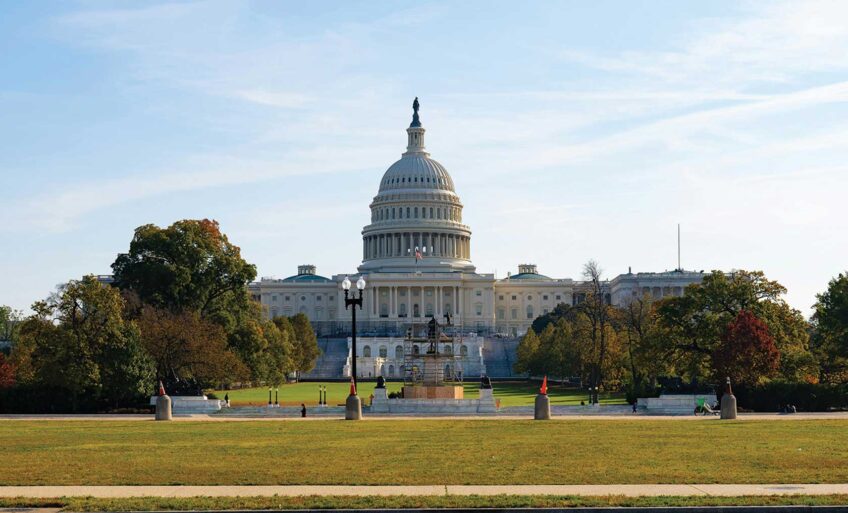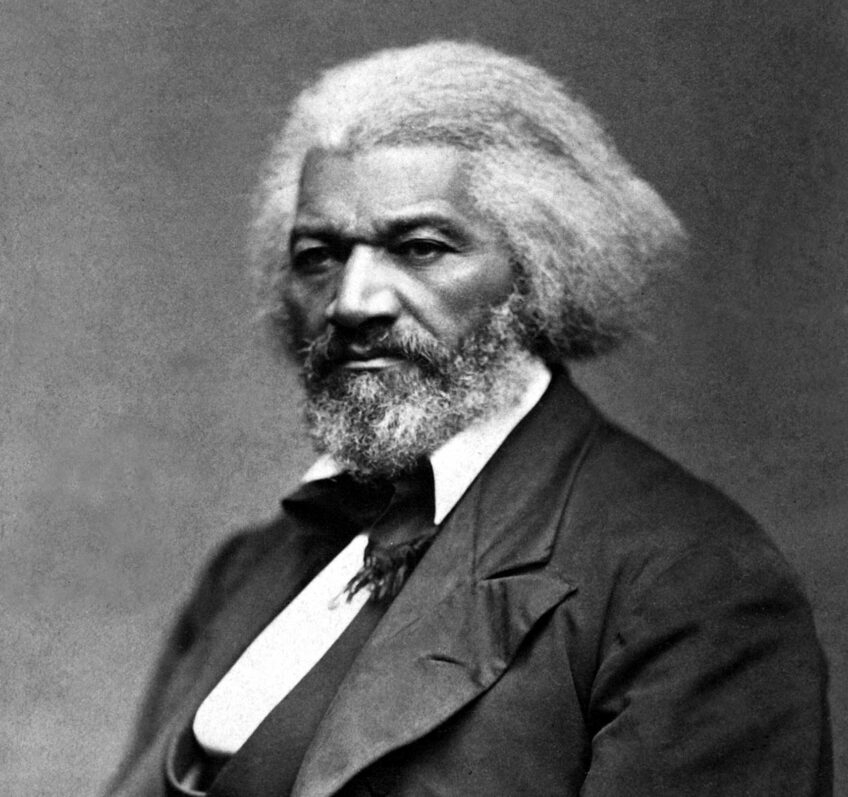The most important event in the modern history of higher education was largely ignored last week when the state of New Mexico passed a law making college free for all of its residents. With support from Republicans and Democrats, this state of about 2 million residents became the first in America to extend the promise of public education beyond K-12.
When universal free public education swept this country in the 19th century, the percentage of Americans who were literate skyrocketed from 5% to 70%. New Mexico’s choice to extend access to free public college likewise has transformative potential to open access to poor or otherwise disadvantaged residents, to give skills, knowledge, training and expertise to prepare them for the jobs of the future. Dr. James Holloway, University of New Mexico provost, has called college a “public good” that all residents deserve access to, no matter their financial standing.
With national college enrollment on the decline as the U.S. population rises, it is critical to look at barriers. The research is clear: Money is consistently reported by prospective and current students as the biggest hurdle in starting and finishing college. The vast network of financial aid providers, banks, scholarship programs and college admissions offices try to help, but nothing says easy more than free.
What New Mexico did was leverage pandemic relief funds to get their program going. Here in Massachusetts, while we already invest public tax dollars heavily in our UMass campuses, state colleges and community colleges, we have billions of unspent federal dollars that will need to be returned if they are not used. We typically spend about a billion dollars per year to subsidize our state’s higher education system, which pays on average around 35% of operating costs for these colleges and universities. Tuition and fees cover 40% and other revenue sources (including fundraising, space rentals, merchandising) cover the remainder.
If we double our higher ed commitment, we can eliminate all tuition and fees and make public college free in Massachusetts. Just as our tax dollars are collected and then invested in K-12 education, which we all generally benefit from, using state tax revenues for college will provide a benefit for all state residents. It will reduce barriers to access and give new hope and opportunities to the most economically challenged residents.
States across the U.S. have trended toward reducing their contributions to higher education, which makes the New Mexico plan and Tennessee’s 2017 initiative to make community college free all the more welcome. As state governments retrench, the burden of public college cost increasingly falls on students and their families. For many, that means student loans and an increasingly onerous debt burden for years to come. Free college changes all of that.
The 2020 presidential campaign made history along these same lines when Sen. Bernie Sanders made free college a central platform for his campaign. The notion gained Sanders a ton of support, but not sufficient for him to win the nomination. Remarkably, the idea persisted and made its way into President Biden’s Build Back Better proposal. The failure of Build Back Better signals that federal support for free college is weak. Maybe that’s OK. Like K-12 education, public higher education is best conceived, planned and operated at the local level. Policies for free college may be better poised for political success if they come from states instead of inside the Beltway.
While New Mexico’s move was astounding, other states have many generous programs to offset college costs through a combination of loans and grants. In Massachusetts, students with strong scores on standardized tests can compete for the John and Abigail Adams Scholarship, reducing their costs of college attendance. Other states, including New York, have elaborate programs that reduce college costs, based on income and a range of other factors. The administration costs of such programs are exorbitant, and their byzantine application and approval processes represent a hurdle to just the people who need greater access.
Massachusetts ought to follow New Mexico’s lead and make public college free for all residents. Let’s take the responsibility for paying for educating our residents off the backs of students and the families and cover the costs together to ensure a fair and equitable higher education system for the people of Massachusetts.
Justin B. Hollander is a professor at Tufts University and teaches courses in public policy and planning.






